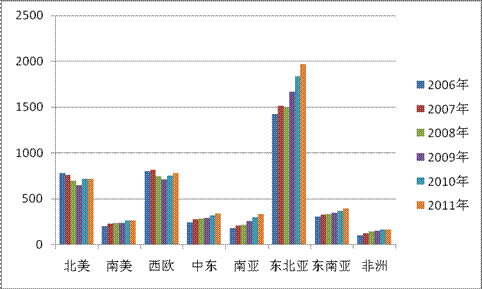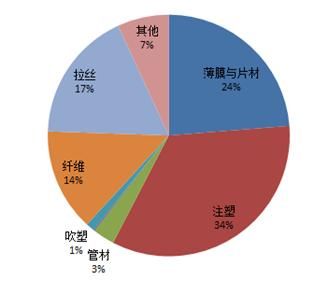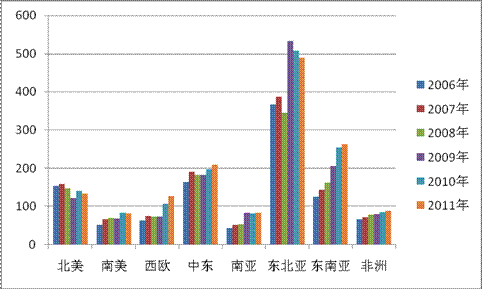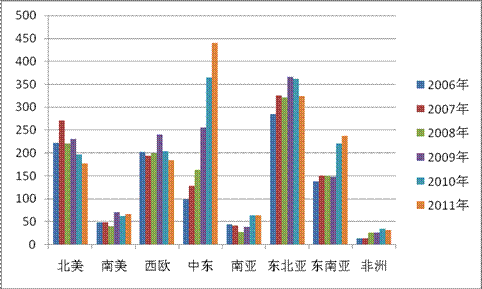Analysis of world polypropylene supply and demand
| |
|
|
|
|
|
| |
|
|
|
|
|
| |
|
|
|
|
|
| |
|
|
|
|
|
| |
|
|
|
|
|
| |
|
|
|
|
|
| |
|
|
|
|
|
| |
|
|
|
|
|
| |
|
|
|
|
|

| |
|
|
|
| |
|
|
|
| |
|
|
|
| |
|
|
|
| |
|
|
|
| |
|
|
|
| |
|
|
|
| |
|
|
|
| |
|
|
|
| |
|
|
|
| |
|
|
|
| |
|
|
|
| |
|
|
|
| |
|
|
|
| |
|
|
|
| |
|
|
|
| |
|
|
|
| |
|
|
|
| |
|
|
|
| |
|
|
|
| |
|
|
|
| |
|
|
|
| |
|
|
|
| |
|
|
|
| |
|
|
|
| |
|
|
|
| |
|
|
|
| |
|
|
|
| |
|
|
|
| |
|
|
|
| |
|
|
|
| |
|
|
|
| |
|
|
|
| |
|
|
|
| |
|
|
|
| |
|
|
|
| |
|
|
|
| |
|
|
|
| |
|
|
|
| |
|
|
|
| |
|
|
|
| |
|
|
|

| |
|
|
|
|
|
|
|
|
| |
|
|
|
|
|
|
|
|
| |
|
|
|
|
|
|
|
|

| |
|
|
| |
|
|
| |
|
|
| |
|
|
| |
|
|
| |
|
|
| |
|
|
| |
|
|
| |
|
|
| |
|
|
|
|
|
|
|
| |
|
|
|
|
|
|
|
| |
|
|
|
|
|
|
|
| |
|
|
|
|
|
|
|
| |
|
|
|
|
|
|
|
| |
|
|
|
|
|
|
|
| |
|
|
|
|
|
|
|
| |
|
|
|
|
|
|
|
| |
|
|
|
|
|
|
|
| |
|
|
|
|
|
|
|
| |
|
|
|
|
|
|
|
| |
|
|
|
|
|
|
|
| |
|
|
|
|
|
|
|
| |
|
|
|
|
|
|
|
| |
|
|
|
|
|
|
|
| |
|
|
|
|
|
|
|
| |
|
|
|
|
|
|
|
| |
|
|
|
|
|
|
|
| |
|
|
|
|
|
|
|
| |
|
|
|
|
|
|
|
| |
|
|
|
|
|
|
|
| |
|
|
|
|
|
|
|
| |
|
|
|
|
|
|
|
| |
|
|
|
|
|
|
|
| |
|
|
|
|
|
|
|
| |
|
|
|
|
|
|
|
| |
|
|
|
|
|
|
|
| |
|
|
|
|
|
|
|
| |
|
|
|
|
|
|
|
| |
|
|
|
|
|
|
|
| |
|
|
|
|
|
|
|
| |
|
|
|
|
|
|
|
| |
|
|
|
|
|
|
|
| |
|
|
|
|
|
|
|
| |
|
|
|
|
|
|
|
| |
|
|
|
|
|
|
|
| |
|
|
|
|
|
|
|
| |
|
|
|
|
|
|
|
| |
|
|
|
|
|
|
|
| |
|
|
|
|
|
|
|
| |
|
|
|
|
|
|
|
| |
|
|
|
|
|
|
|
| |
|
|
|
|
|
|
|
| |
|
|
|
|
|
|
|
| |
|
|
|
|
|
|
|
| |
|
|
|
|
|
|
|
| |
|
|
|
|
|
|
|
| |
|
|
|
|
|
|
|
| |
|
|
|
|
|
|
|
| |
|
|
|
|
|
|
|
| |
|
|
|
|
|
|
|
| |
|
|
|
|
|
|
|
| |
|
|
|
|
|
|
|
| |
|
|
|
|
|
|
|
| |
|
|
|
|
|
|
|
| |
|
|
|
|
|
|
|
| |
|
|
|
|
|
|
|
| |
|
|
|
|
|
|
|
| |
|
|
|
|
|
|
|
| |
|
|
|
|
|
|


Those who have read this article have also read
Intelligent investment · focusing
-
It looks good in every shot: picture in picture camera -
Send blessings: holiday SMS greeting card DIY -
Necessary for overseas travel: travel translation officer -
Everything you want to hear: Himalayas -
Cold weapon era: toy tower defense 3 -
Hold your breath: Match Man Snipe 3 -
Legendary bounty hunter: space brothers -
China's national essence: game 2014 -
Find your memory: TIDY album -
Real Beauty Photos: The Goddess Comes -
Knowledge: a history book that must be read in one's life -
Don't seek medical advice in case of emergency: old folk prescription -
Fantastic Brain Game: Kingdom of Graffiti -
Fighting Arena: Robot Pushing Tower -
Full of science fiction: nuclear fusion -
Adapted from American animation: Adventure
-
Weibo Yiqi Thanksgiving Action -
2013 Donate one yuan of love and nutrition -
2013 One Foundation Public Welfare Image Festival -
China Public Welfare Platform of Water Cube -
Alibaba Public Service Advertising Competition -
Siyuan Ark disaster prevention and mitigation -
2013 Aiyou Charity Dinner -
Canon Image Public Welfare -
Poor children's book drift box project -
Ford Environmental Protection Award -
Global action to protect the rights and interests of girls -
Benz Nature Conservation Project -
Canon Hope Primary School Color Classroom -
Kraft hopes the kitchen -
Women's Foundation Mother Posting Activity -
2013 Guangzhou Auto Show
-
Gift Bag for Battle of Nations Open Beta -
Open Beta Sina Privilege Card of Immortal Devil Change -
"The Three Kingdoms" Sina exclusive card -
Happy Jianghu OL card -
Warhead Alliance Sina Privilege Card -
Datang 2 Sina Privileged Beast Bag -
Exclusive gift package of "Black Gold" Sina -
Gift Bag Exclusive to Sina for 300 Heroes -
Devil Kingdom Sina Privileged Gift Bag -
Public Beta Gift Bag of "New Tianlong Eight" -
Privileged gift package of Sina for "Everyone Show Dance" -
Sina Exclusive Gift Bag for "Dragon Force" -
Role play novice card -
Shooting game novice card -
Action game novice card -
Strategy game novice card
-
Love transmission, warm leukemia girl @ Lu Ruoqing -
In the microblog era, if you don't play with sharp tools, you will be out -
Friend interaction, file transfer, and quick use of Weibo desktop! -
The list of WeChat Charity Group was announced! -
Registered enterprise Weibo fast channel: three steps to face target users -
Sign in to 2012 Boarding Gathering Point 100 day countdown starts
-
[Finance] Stock market inquiry -
[Finance] Financial calculator -
[Technology] Digital product library -
[Video] The hottest movie -
[Tourism] Inquiry of domestic and foreign scenic spots -
[Child care] Child care utility library -
[Car] Model query -
[Women] cosmetics product library -
[Constellation] Constellation fortune query -
[Entertainment] Video query -
[Entertainment] TV program list -
[Education] University and college inquiry
